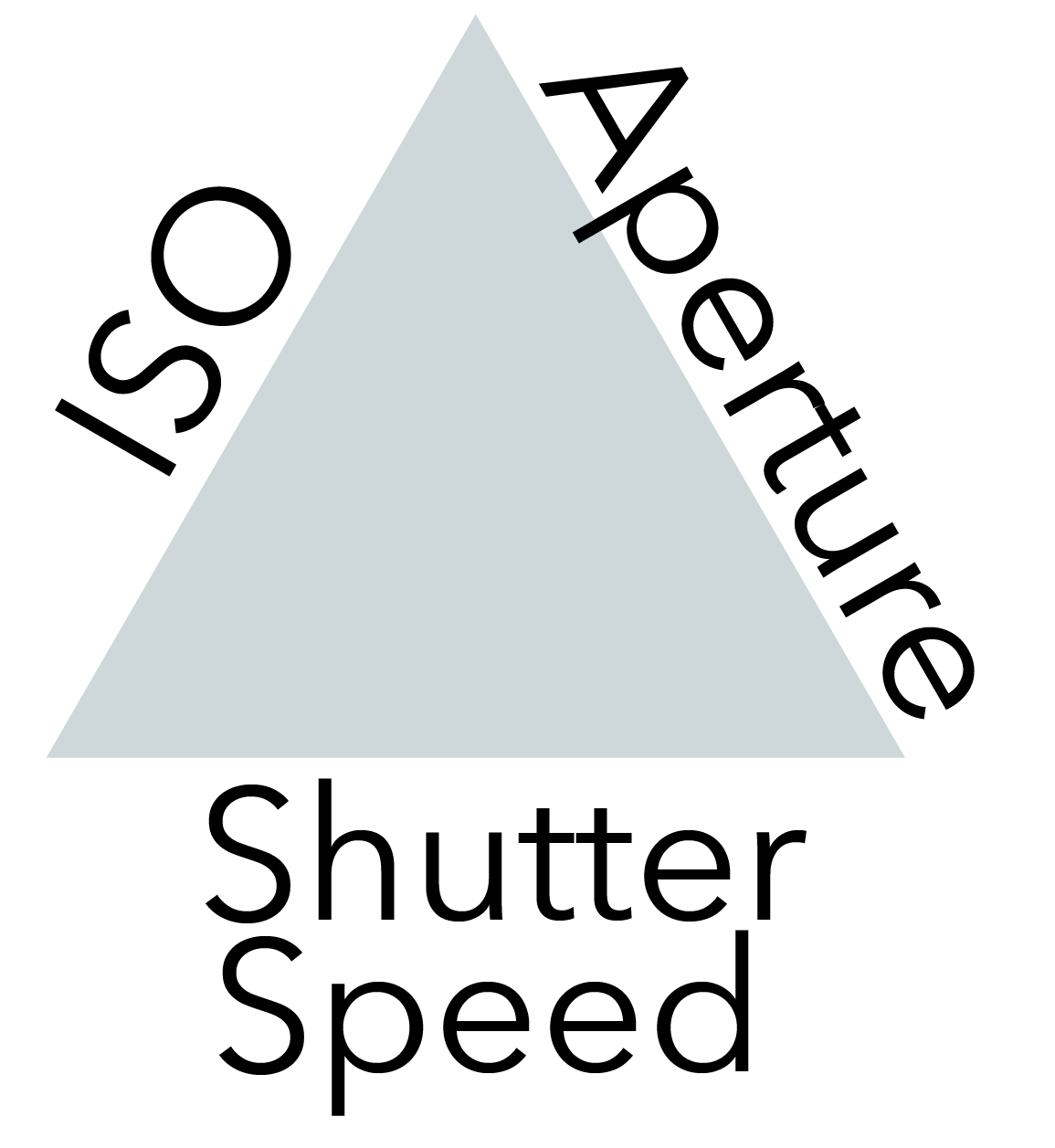Exposure Triangle | Part 3: Shutter Speed Explained
If you haven’t taken a look at my previous posts, Part 1: Aperture and and Part 2: ISO, you will also want to go check them out. .
I previously explained this in the past posts but I will reiterate what the exposure triangle is:
Exposure Triangle
The best way to describe the exposure triangle is to think of it visually. Each side of the triangle will create your ‘exposure’ or ‘shot’.
ISO, APERTURE and SHUTTER SPEED are the elements responsible for getting your shot. Setting them correctly is imperative for getting a good exposure. Each element is responsible for controlling light, each in their own way. So this past month I have already explained Aperture and ISO.
Today we will be talking about Shutter Speed.
In your camera there is a component called the shutter. It is the mechanism that opens/closes when you click the button. Basically it opens and closes at super fast (or slow) speeds to let light enter the camera.
When the shutter speed is FAST, it will open and close FAST letting in little light. When the shutter speed is SLOW, it will open and close SLOW, letting in a lot of light.
However one way to think about shutter speed is MOTION. If you’ve ever taken a photo and its blurry or your subject looks out of focus, it likely was because your camera had too SLOW of shutter speed.
See below to further illustrate this idea. The numbers below each ‘running man’ are in seconds. So, 1/1000th of a second, 1/500th of a second, etc. From left to right we have FAST shutter speeds to SLOW shutter speeds.
So why is this important? Because most often than not, you will want a subject that is not blurry and that is super sharp. Having too low a shutter speed can result in blurry images, making you super frustrated!
Here are some examples of SLOW SHUTTER speeds.
Examples of FAST SHUTTER SPEEDS
How to Control Your Shutter Speed
If you are shooting in full automatic mode then you will not be able to control your shutter speed. However, most modern DLSR cameras give you an option to shoot in what’s called Shutter Priority Mode. This is a semi-automatic mode where you can CHOOSE your shutter speed and the camera will figure everything else out. I personally would prefer to shoot in aperture priority mode over shutter priority mode just because it makes more sense to me. That being said, shooting in shutter priority mode would let you experiment with different shutter speeds to get a better understanding of how it works.
Next week I will have a post that will tie all this stuff together and hopefully help you gain a better understanding of your camera settings!
Join my Photography 101 Facebook Group to Learn More!








